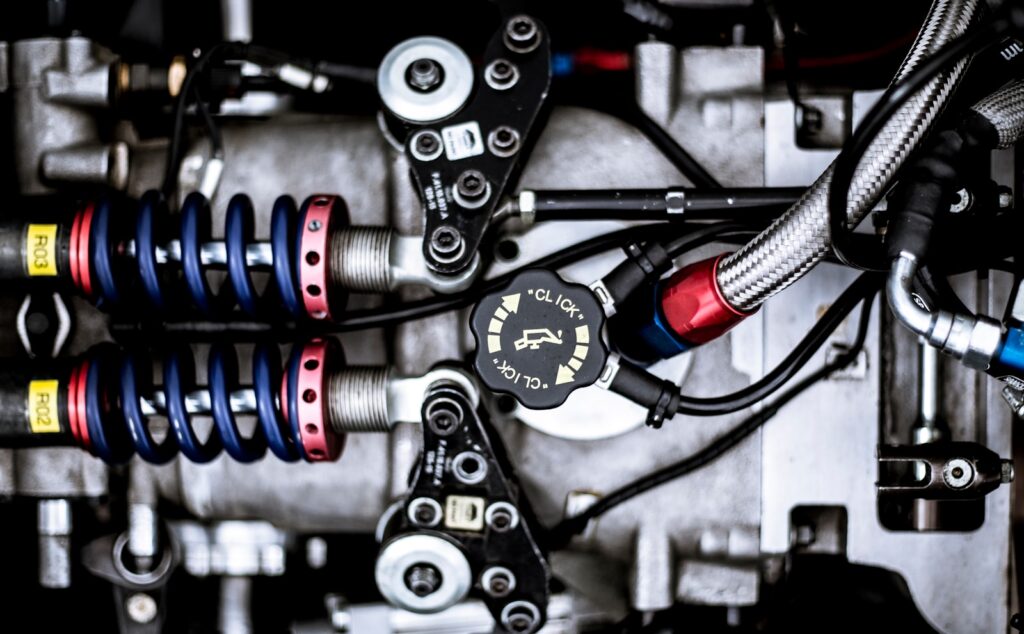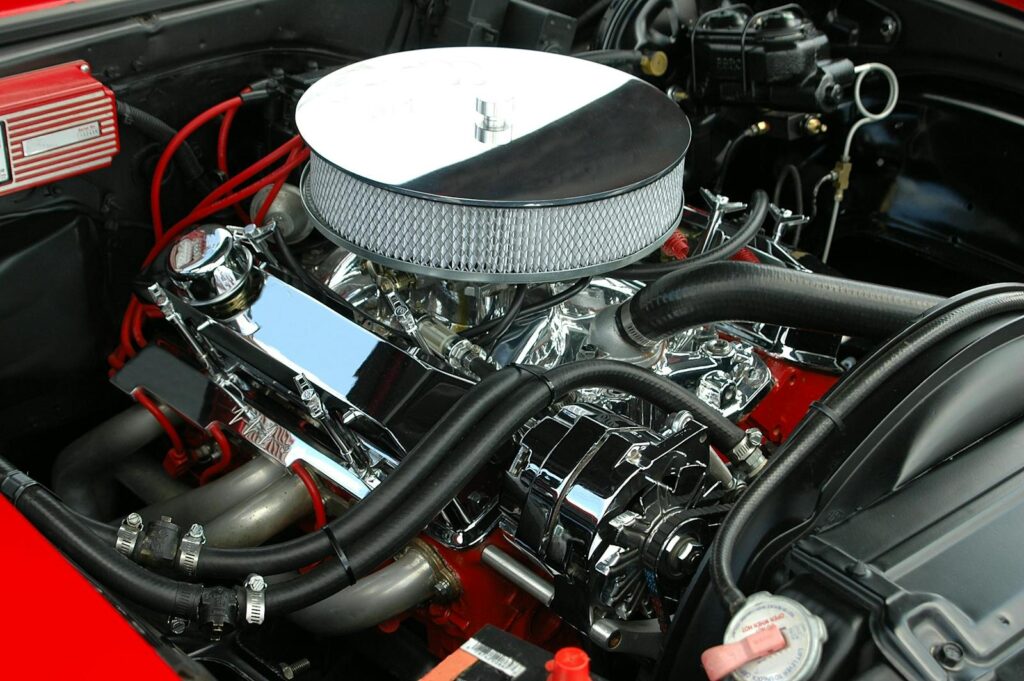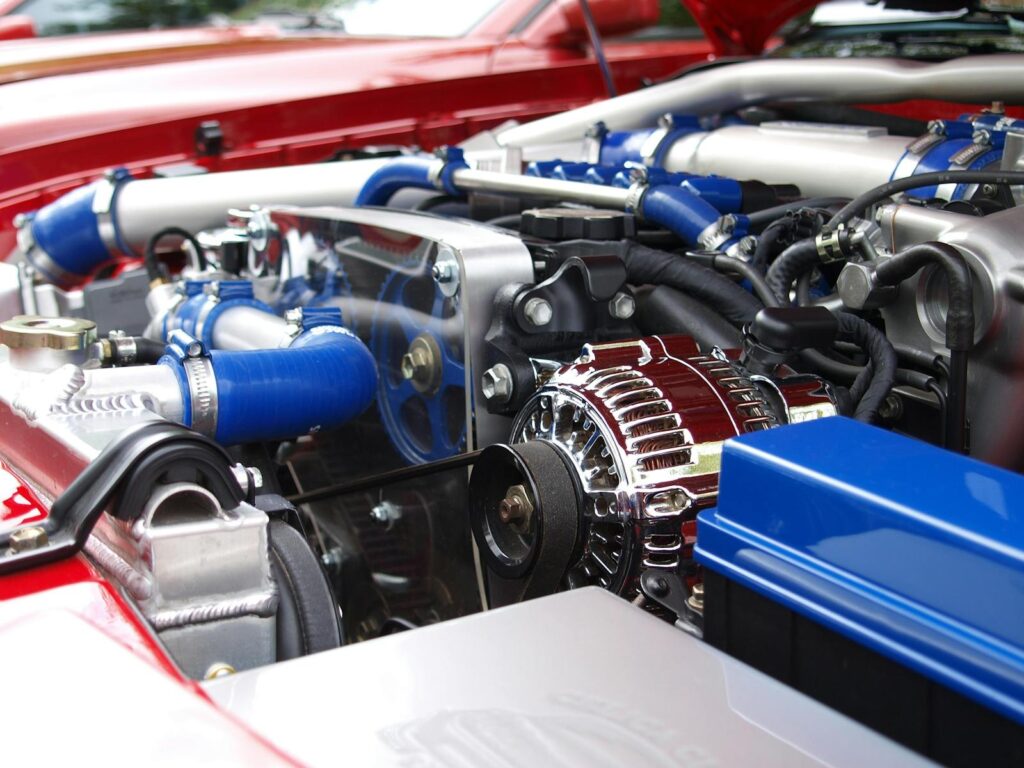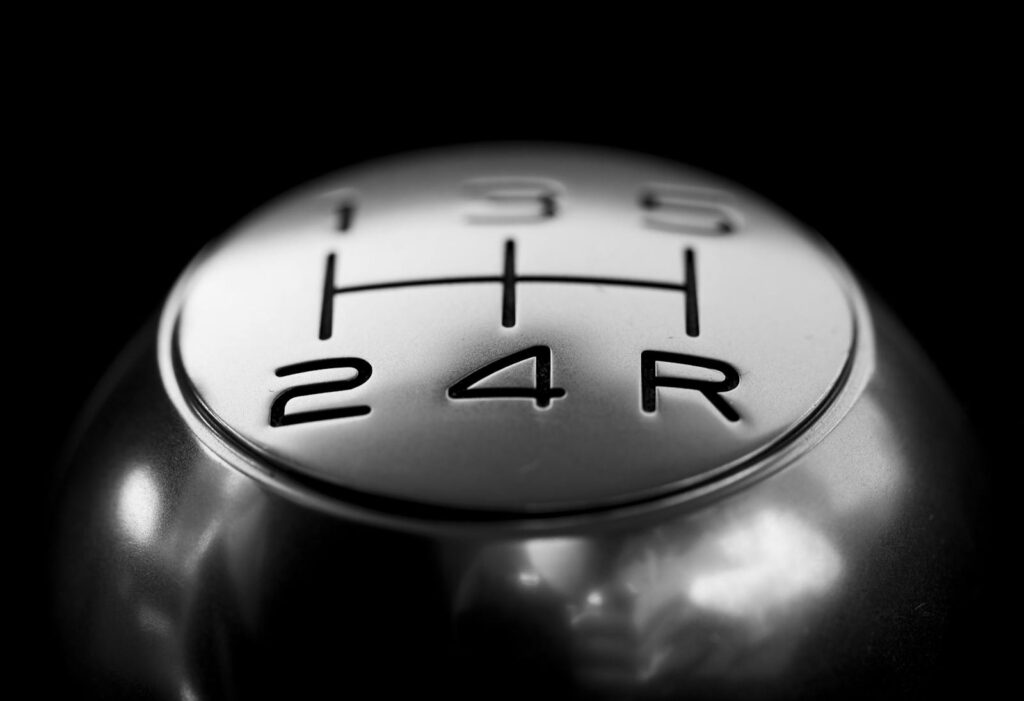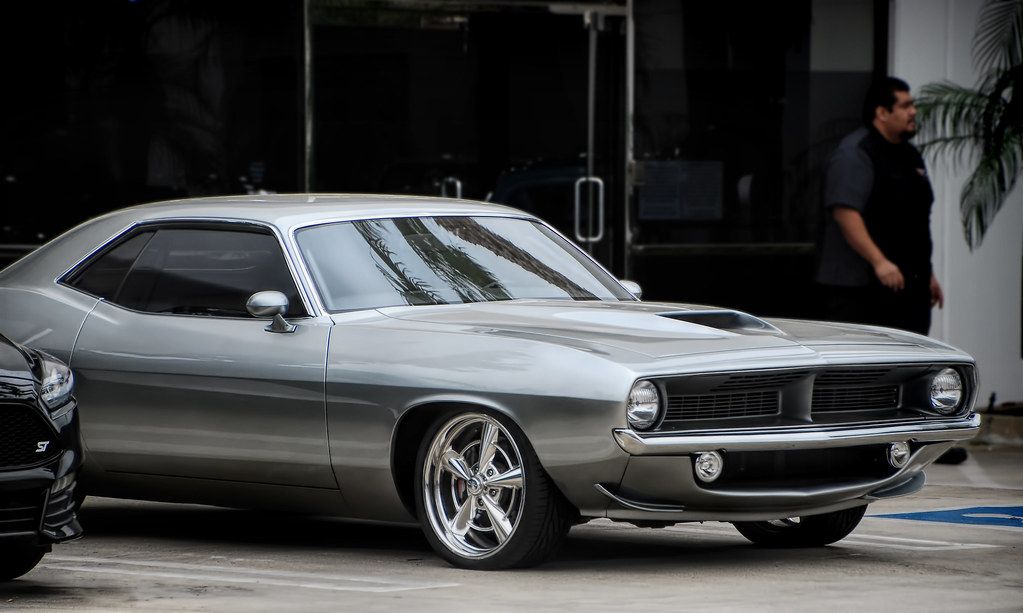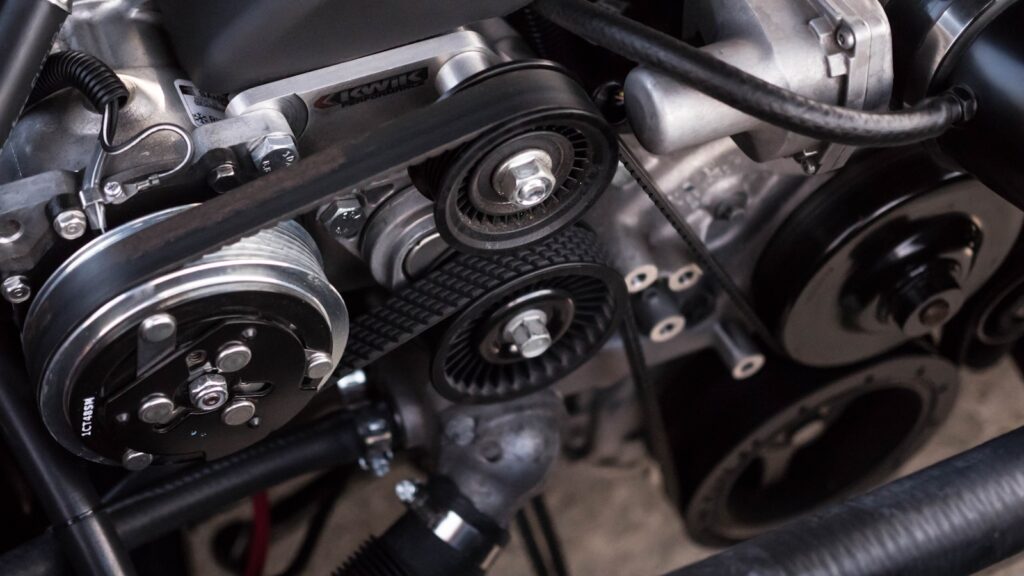
For classic car enthusiasts, dedicated restorers, and even owners of specific modern vehicles, the quest for rare auto parts is an enduring challenge and an exhilarating pursuit. It’s a journey often compared to a treasure hunt, demanding patience, a keen eye, and a strategic approach. While the allure of bringing a vintage machine back to its original glory is powerful, the path is frequently complicated by the scarcity of crucial components. A misstep can mean overpaying for a reproduction, or worse, installing a part that compromises the vehicle’s authenticity and value.
The good news is that this intricate puzzle, though daunting, is entirely solvable with the right knowledge and tactics. This comprehensive guide, crafted with the insights of seasoned automotive experts, is designed to arm you with the practical, actionable advice needed to navigate the complex world of rare car parts. We’re here to transform your search from a frustrating guessing game into a methodical, rewarding endeavor, ensuring you secure authentic, high-value components that breathe genuine life back into your cherished automotive project.
We’ll start by demystifying what makes a car part truly rare and valuable, then walk you through the precise identification methods used by experts. Understanding these fundamentals is the bedrock of successful part acquisition, setting you up to make informed decisions and avoid common pitfalls. Prepare to unlock the secrets to becoming a master part locator, ready to tackle any restoration challenge with confidence and a clear roadmap, ultimately enhancing your vehicle’s integrity and market appeal.
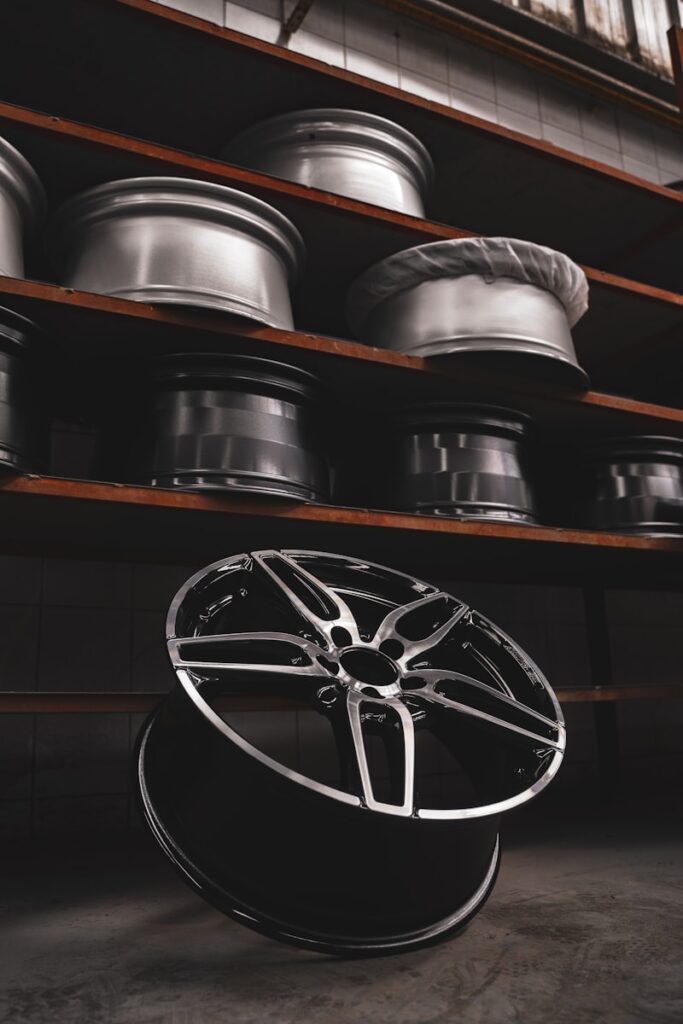
1. **Recognizing Limited Production Runs**The scarcity of certain car parts is often directly tied to the original vehicle’s production volume. If an automaker manufactured only a small number of a particular model, it logically follows that the components for that model were produced in similarly limited quantities. This foundational principle is a key driver of rarity in the aftermarket. These parts aren’t just old; they were always rare.
Such limited production directly impacts the availability and, consequently, the value of individual parts. When fewer vehicles shared a specific component, there are naturally fewer donor cars in salvage yards or fewer original parts circulating among collectors. This creates a high-demand, low-supply scenario that drives up market prices for these highly coveted items. Securing one can be a significant win for any restoration.
Consider, for example, the iconic 1969 Dodge Charger Daytona. Its distinctive nose cone and massive rear wing assembly were specifically designed and produced only for a limited number of these legendary vehicles. This exclusivity makes finding an original nose cone or wing assembly an extremely difficult and highly valuable endeavor today, a testament to its initial limited run. Their unique design also meant they weren’t shared with other, more common models.
Identifying parts from limited production runs involves deep dives into automotive history. You’ll need to research vehicle production figures and understand which components were unique to specific, low-volume models. This proactive research helps you appreciate the true rarity of a component before you even begin your search, guiding your efforts more effectively. Knowing the vehicle’s background empowers your hunt.
Read more about: Navigating the Crossroads: Unpacking Diesel’s Evolving Role in an Electric Vehicle Future – An In-depth Look at Innovation and Challenges
2. **Identifying Discontinued OEM Production**Even if a car model was mass-produced, its parts can become exceptionally rare if the Original Equipment Manufacturer (OEM) decides to cease production of specific components. Automakers often stop making parts for older models as demand dwindles, or as manufacturing processes evolve. This decision immediately turns any remaining stock into a finite resource. The moment the production line stops, a part begins its journey towards rarity.
Once an automaker discontinues a part, the existing supply becomes the only source for original components. Unless another manufacturer steps in to revive production, or a hidden cache of “New Old Stock” (NOS) is discovered, the part’s availability plummets. This creates a vacuum in the market where demand often outstrips the dwindling supply, significantly increasing both its desirability and price. The hunt then becomes about finding what’s left.
The concept of “New Old Stock” (NOS) is particularly relevant here. NOS parts are original manufacturer components that were produced long ago but were never sold or installed. They represent the closest thing to a brand-new original part for a discontinued item, making them highly prized by restorers seeking absolute authenticity. Discovering an NOS part can be like finding a time capsule, preserving a piece of automotive history.
A prime example of this phenomenon is the original wire wheels for a Jaguar E-Type. Jaguar ceased producing these iconic wheels decades ago, making authentic replacements incredibly challenging to source today. While reproductions exist, true enthusiasts often go to great lengths to find original, period-correct wheels, highlighting the immense value placed on discontinued OEM components. Their distinct craftsmanship and historical accuracy are irreplaceable.
Read more about: Legends of Asphalt: The Definitive Guide to the American Muscle Car, from the Iconic Pontiac Firebird to the Enduring Chevy Camaro
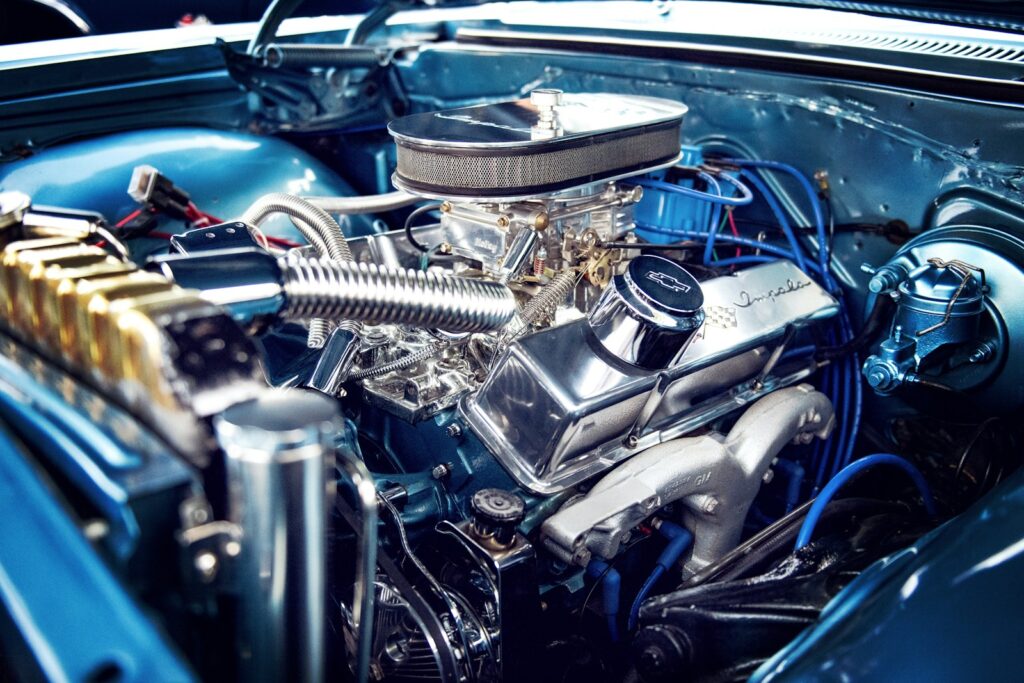
3. **Spotting Specialty & High-Performance Components**Beyond standard replacement items, a distinct category of rare parts includes factory-installed racing or high-performance components. These parts were often not widely used on standard production cars, being reserved for special editions, race-prepped vehicles, or optional upgrades chosen by a small fraction of original buyers. Their very purpose was to enhance performance, making them unique and intrinsically specialized.
Such parts are highly sought after by collectors and restorers looking to achieve ultimate period correctness or to genuinely upgrade a vehicle to its most potent factory specification. The engineering and materials used in these components were often superior, justifying their rarity and higher value. They tell a story of automotive aspiration and engineering prowess, embodying a car’s performance heritage.
Because these components were manufactured in relatively small batches for specific performance applications, their production numbers were inherently low compared to mainstream parts. This makes locating an authentic, unmolested example a significant challenge. Furthermore, many high-performance parts were subjected to extreme stress during their operational life, meaning fewer pristine examples survive today. The hunt for them is therefore often a meticulous one.
A classic illustration of this is the Shelby GT500 KR aluminum intake manifold. This specific manifold was designed for a particular, high-performance iteration of the Mustang, a vehicle that itself had a limited production run. The combination of its specialized function and the rarity of the car it belonged to elevates this intake manifold to a status of extreme rarity and high value among collectors. It’s a crucial piece for anyone recreating the authentic KR experience.
Read more about: Beyond the Malaise: 15 Rare American Cars from the 1970s That Defied Expectations
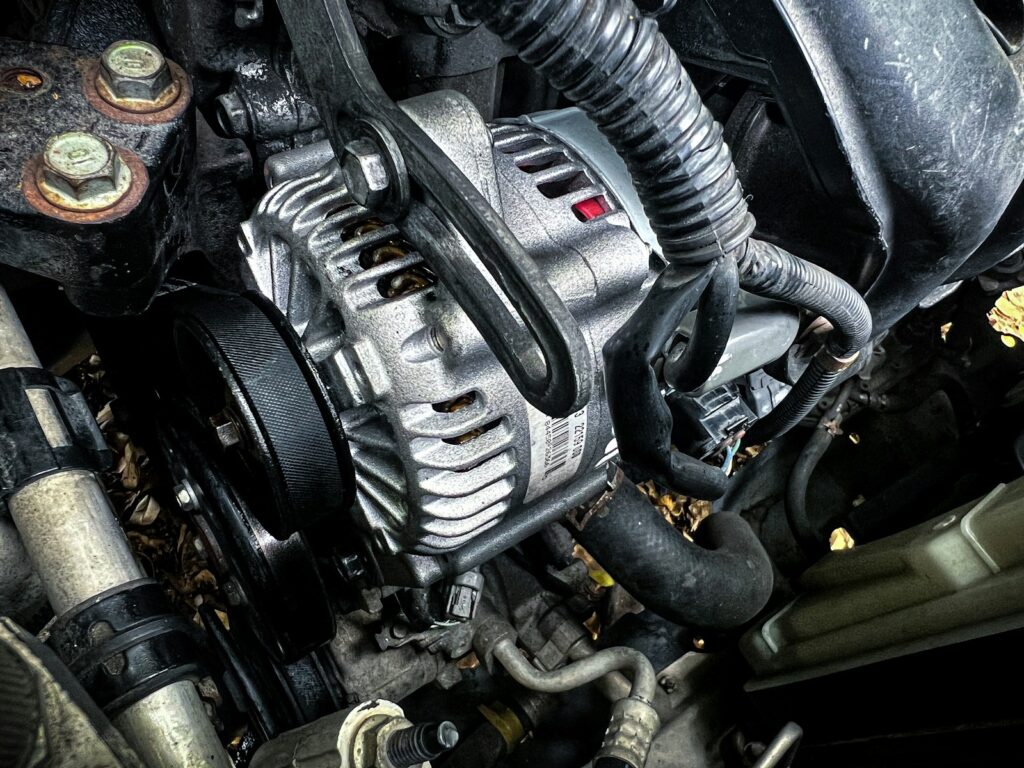
4. **Valuing Unique Trim Pieces & Badging**Often overlooked in the pursuit of major engine or body components, unique interior and exterior trim pieces, along with specific badging, play an outsized role in a classic car’s authenticity and perceived value. These seemingly small details are frequently harder to replicate accurately than larger panels or mechanical parts, making original examples exceptionally rare and valuable. They are the subtle flourishes that define a vehicle’s character.
Items such as specific dashboard emblems, distinctive hood ornaments, unique door panels, or rare gauge clusters are critical for maintaining a vehicle’s originality. Reproductions often fall short in material quality, finish, or intricate detailing, which can be immediately apparent to a knowledgeable enthusiast. The tactile feel and visual precision of an original piece are often unmatched, preserving the historical integrity of the car.
The difficulty in replicating these components stems from their intricate designs and the specialized manufacturing processes often used in their original production. Many trim pieces involve complex chrome plating, specific plastics, unique wood grains, or precise metal stamping that modern aftermarket companies struggle to match economically. This inherent challenge solidifies the rarity of genuine vintage trim and badging. Every curve, every texture, matters immensely.
Consider the original dashboard dials found in a Ferrari 250 GTO. These specific dials are not merely functional; they are integral to the car’s legendary aesthetic and historical context. Finding authentic replacements today is nearly impossible due to their bespoke nature and the extremely limited production of the vehicle itself. For a car of this caliber, every original detail contributes massively to its unassailable value and provenance.
Read more about: Unveiling the Hammer Prices: What Savvy Collectors Are Paying in the World of Classic Car Auctions
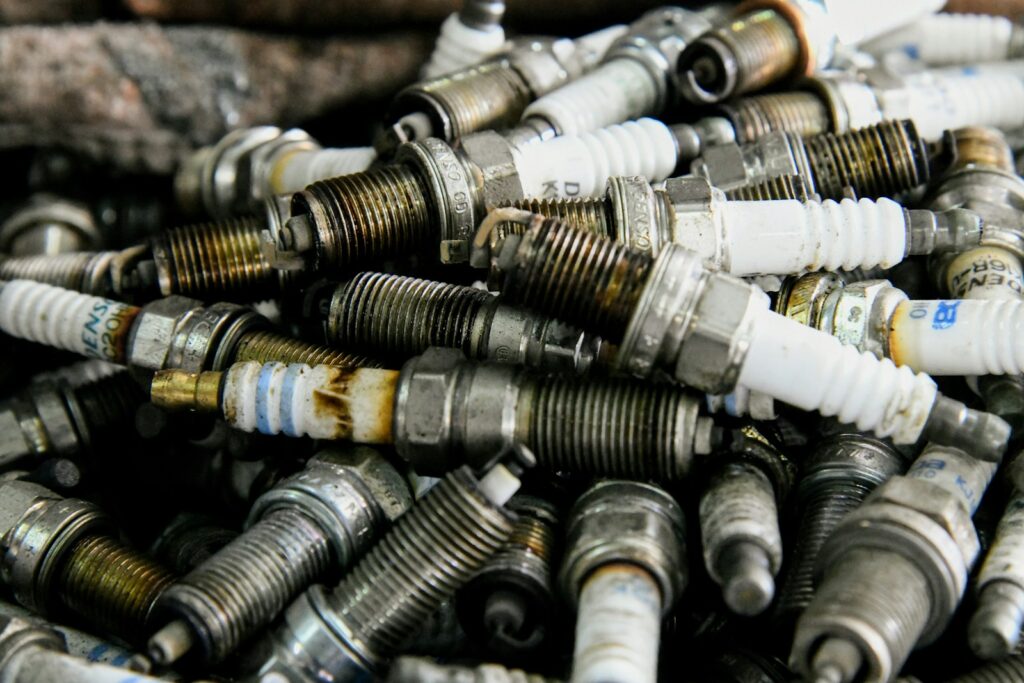
5. **Leveraging Part Numbers for Verification**When embarking on the quest for rare car parts, your most powerful tool for initial identification and authentication is the part number. Every Original Equipment Manufacturer (OEM) part is assigned a unique, specific part number that acts as its fingerprint. This number is your direct link to verifying whether a component is genuine and precisely matches your vehicle’s requirements, cutting through ambiguity and preventing costly errors.
To effectively utilize part numbers, you must first know where to find them. Begin by consulting your vehicle’s factory service manual, which often contains comprehensive lists of OEM part numbers for nearly every component. Additionally, physically inspect the part itself; many original components have the part number stamped, engraved, or embossed directly onto their surface. This direct inscription is a hallmark of authenticity.
Once you have a potential part number, the next crucial step is cross-referencing it. Utilize OEM parts catalogs, both physical and online, as well as specialized automotive databases. These resources allow you to confirm that the number corresponds to the correct part for your specific make, model, and year. This verification process is indispensable for ensuring compatibility and avoiding misidentification, which can be a common pitfall in parts hunting.
For a tangible illustration, take a Porsche 911 Fuchs wheel. An authentic Fuchs wheel will invariably have a specific part number, such as “911.361.020.10,” stamped clearly inside the rim. This identifying mark is a definitive indicator of its originality and specification. Lacking this number, or presenting an incorrect one, should immediately raise a red flag about the part’s provenance. Always check the numbers.
Read more about: The F-22 Raptor’s Resurgence: A Deep Dive into America’s Evolving Stealth Super Fighter
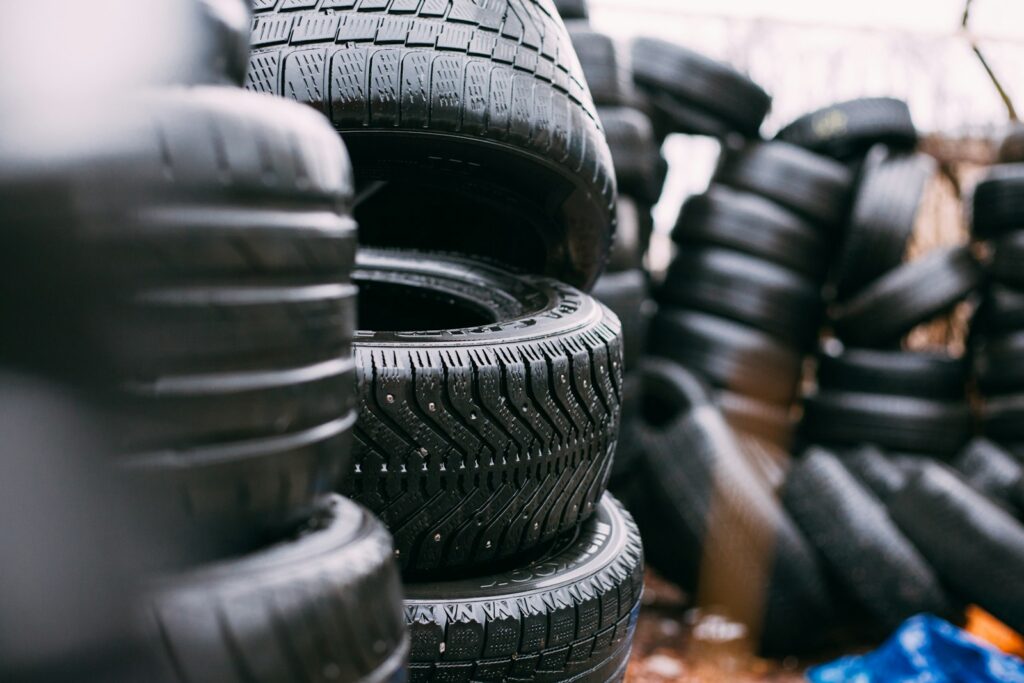
6. **Differentiating OEM from Aftermarket Markings**Distinguishing between an Original Equipment Manufacturer (OEM) part and an aftermarket reproduction is paramount for classic car restorers. While reproductions can be functional, they rarely carry the same value or prestige as genuine OEM components, especially in high-value restorations. Learning to spot the subtle, yet critical, differences in markings and finish is an essential skill for any serious parts hunter.
OEM parts typically bear distinct manufacturer logos, brand names, or original casting marks directly on the component. These markings are often integrated into the manufacturing process, making them an inherent part of the item. Beyond logos, genuine OEM parts generally exhibit a higher quality of finish, precise fits, and materials consistent with factory standards. These details are subtle but speak volumes about the part’s origins.
In contrast, aftermarket parts may often lack these manufacturer-specific identifiers. They might feature generic casting marks, an absence of serial numbers, or a visibly rougher finish. Sometimes, reproductions will attempt to mimic OEM markings, but a close inspection by an experienced eye can usually discern inconsistencies or a lack of the original part’s intricate detail. These subtle discrepancies can significantly impact your restoration’s authenticity.
Consider, for example, a real Ford Mustang Boss 429 engine head. An authentic example will showcase unique casting marks and the iconic Ford logos, deeply embedded and precisely rendered. Reproduction engine heads, while visually similar, typically lack these specific details or present them in a less refined manner. Such an absence or deviation signals that you are likely looking at an aftermarket item, rather than a genuine factory component. Always compare diligently.
Read more about: Unmasking Authenticity: 15 Simple Ways to Identify a Genuine Classic Car Part from a Reproduction
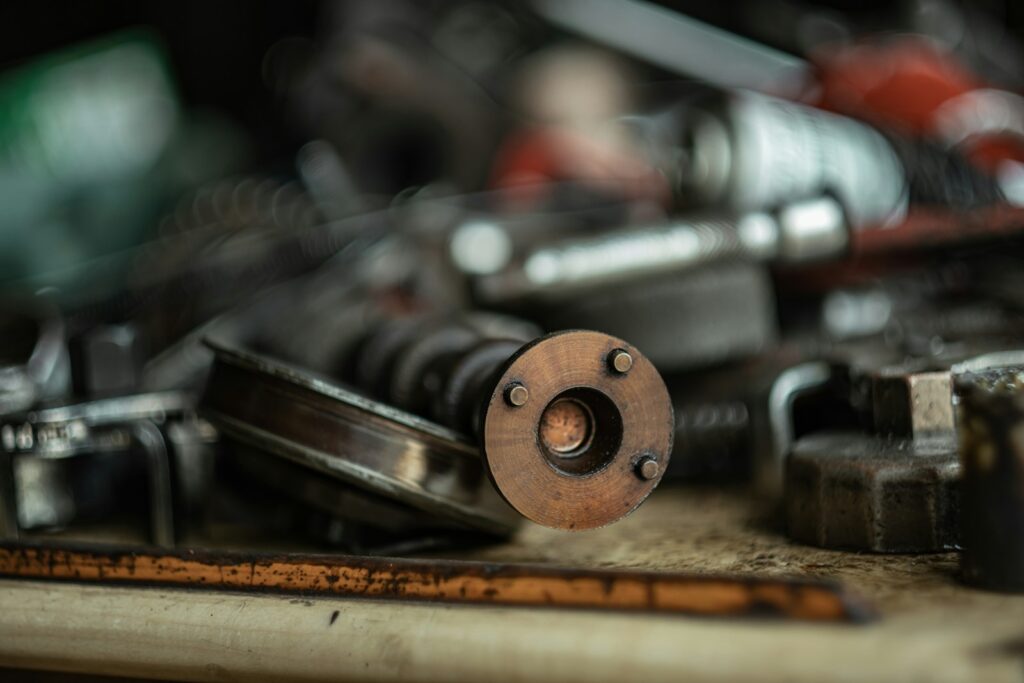
7. **Delving into Production History & Availability**Understanding the historical context and production lifecycle of a car part is a powerful strategic advantage in your search for rare components. Deep research into a part’s production history and its original availability provides invaluable insights into its inherent rarity and true market value. This knowledge goes beyond surface-level identification, adding a crucial layer of expertise to your hunting process.
Where can you uncover this historical goldmine? Start by immersing yourself in classic car forums and dedicated enthusiast groups; these communities are brimming with collective knowledge and often contain discussions or archives detailing specific part histories. Auction house records, such as those from Mecum or Barrett-Jackson, frequently document the provenance of rare parts, offering insights into their past sales and values. Don’t forget parts supplier archives or original factory documents, which can provide definitive production data.
This research informs not only a part’s rarity but also its potential value. If a component was only produced for a very short window, or for a highly specialized, low-volume vehicle, its inherent scarcity will naturally command a premium. Conversely, understanding that a seemingly rare part was actually produced over many years or shared across multiple models might adjust your perception of its true rarity and expected cost. Knowledge truly is power in this context.
Take the Chevrolet Corvette L88 aluminum cylinder head as a compelling case study. This specific component was manufactured only for a few select years in the late 1960s, a period associated with some of the most powerful and sought-after Corvettes. This extremely limited production run, combined with its high-performance pedigree, makes it an exceptionally rare and valuable component today. Its short history defines its rarity.
The comprehensive understanding gained from researching production history and availability allows you to approach potential sellers with greater confidence. You’ll be better equipped to authenticate claims of rarity, negotiate prices based on factual scarcity, and ultimately make more informed decisions. This foundational research minimizes risks and maximizes your chances of securing genuinely rare and valuable components for your cherished project.
With a solid understanding of what makes a car part rare and how to authenticate it, your next critical step is to strategically pinpoint where these elusive components reside. This section shifts our focus from identification to acquisition, arming you with practical strategies and specific locations to track down, negotiate for, and successfully secure the automotive treasures your project demands. From navigating the digital landscape to leveraging community networks and even considering custom solutions, prepare to transform your search from a daunting task into a rewarding pursuit.
Read more about: Beyond the Beaten Path: Unearthing 13 Forgotten Utility Vehicles That Are Off-Road Adventure Gems
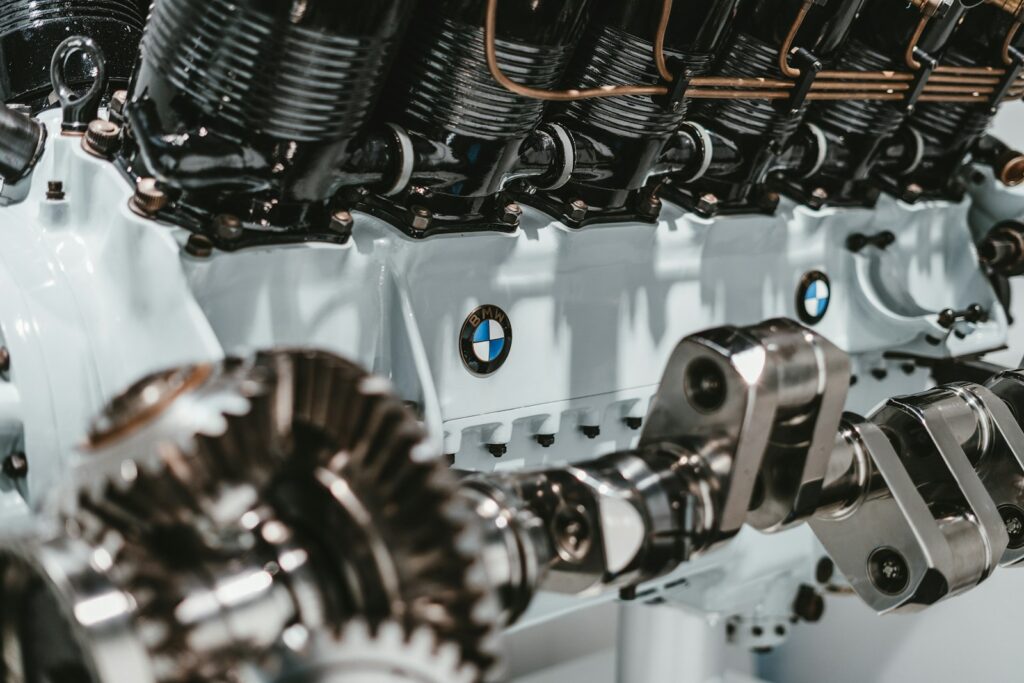
8. **Leveraging Online Marketplaces and Auction Platforms**The digital world has revolutionized the hunt for rare car parts, making it possible to access a global inventory from the comfort of your home. Platforms like eBay, Craigslist, and Facebook Marketplace offer vast selections, often from individual sellers and smaller vendors. For more specialized or higher-value items, Hemmings and Bring a Trailer (BaT) stand out as trusted platforms specifically catering to classic car parts and vehicles.
When diving into these online marketplaces, precision in your search terms is paramount. Use specific keywords related to your vehicle model, year, and the exact part type. Utilize available filters to narrow down results efficiently, and consider setting up alerts for new listings to ensure you’re notified the moment a desired part becomes available. Always be vigilant about seller ratings and reviews on platforms like eBay to gauge reliability and past customer experiences.
Online auctions, such as those found on BaT or Hemmings Auctions, present an exciting opportunity to snag rare parts, often at competitive prices through a structured bidding process. However, patience and diligence are key. Set a maximum price for yourself to avoid overbidding in the heat of the moment. Carefully review all part descriptions and never hesitate to request additional photos or details if the listing’s images are unclear or lack comprehensive information.
For any online purchase, establishing clear communication with the seller is crucial. Ask detailed questions about the part’s condition, its history, and definitive compatibility with your specific vehicle. Before finalizing any transaction, always verify the seller’s return policy and shipping details. Utilizing secure payment methods that offer buyer protection, such as PayPal, can provide an essential layer of security to your transaction.
Read more about: Walmart vs. Amazon 2025: A Data-Driven Analysis of the Retail Giants’ Price, Speed, and Power Showdown
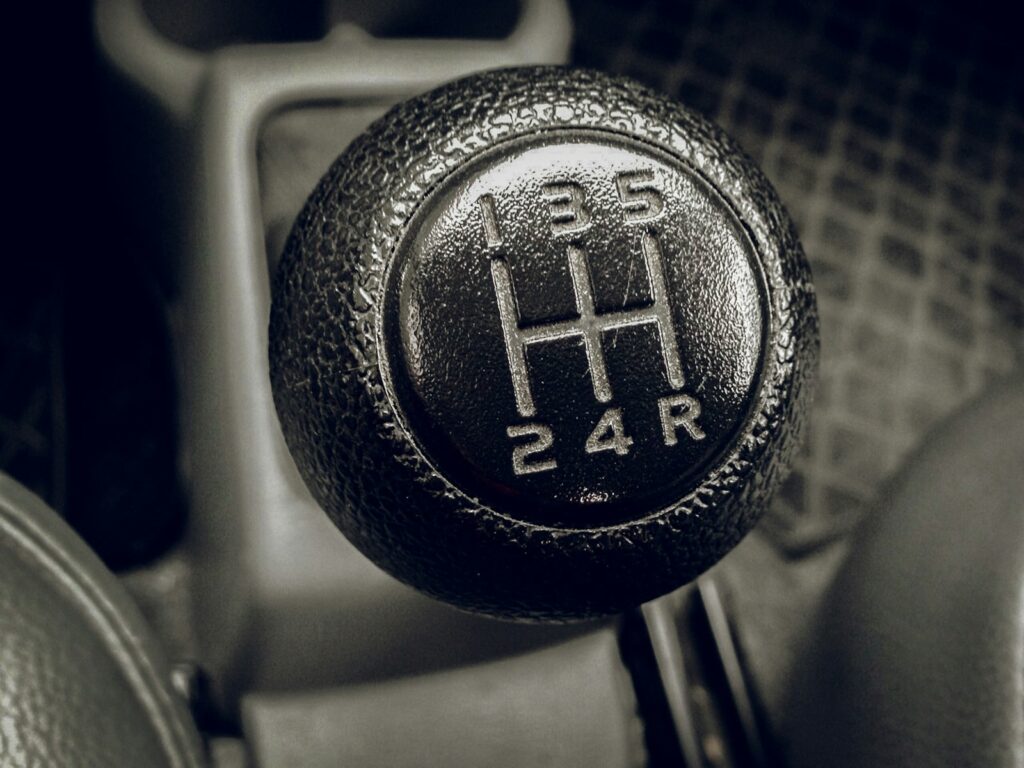
9. **Exploring Automotive Salvage Yards (Junkyards)**Beyond the digital realm, automotive salvage yards, often lovingly referred to as junkyards, remain invaluable physical goldmines for original equipment manufacturer (OEM) parts. These sprawling repositories house a vast array of older vehicles, many of which contain perfectly good, original components just waiting for a new lease on life. Parts from salvage yards are typically much more affordable than new or reproduction items, offering significant savings for your restoration budget.
To maximize your success in these treasure troves, a strategic approach is essential. Start by focusing on regional specialty junkyards known for classic or vintage vehicles, rather than general scrap yards. Building rapport with junkyard owners and their staff can lead to insider tips about new arrivals. Regular visits and a courteous demeanor can open doors to better deals and critical information about their inventory, transforming your hunt from random chance to a more guided search.
When you’re ready to get hands-on, come prepared. Wear appropriate work clothing, bring a flashlight, a parts list, and essential basic tools to remove components yourself. If available, research the yard’s layout or ask for a map, as many organize their inventory by make and model. Keep an eye out for “pull-and-pay” yards where you can extract parts personally. Remember, the goal is to find original OEM components, and a thorough inspection for manufacturer stamps and quality finish is always advised.
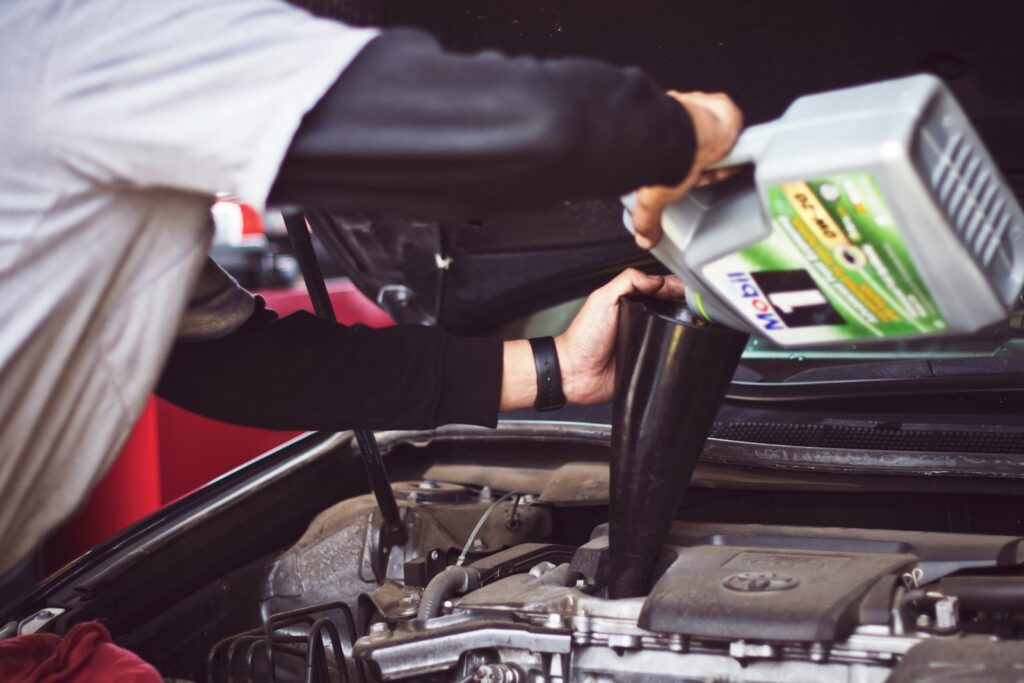
10. **Engaging with Classic Car Clubs and Enthusiast Forums**The passionate and extensive network of the automotive community is an invaluable, often overlooked, resource in your quest for rare parts. Classic car clubs, whether local or national (like the Antique Automobile Club of America or marque-specific groups such as the Porsche Club of America), are teeming with experienced restorers and collectors. Similarly, online forums and social media groups dedicated to specific models (e.g., ClassicOldsmobile.com or Facebook groups for vintage vehicles) offer a wealth of collective knowledge.
These communities provide numerous benefits. Club members often have extensive experience sourcing parts and are willing to share advice, leads, and even spare components they’re willing to sell or trade. Many clubs maintain classified sections, exclusively for members, which can be a direct pipeline to rare finds not listed anywhere else. This direct-to-collector or private seller sale method can uncover parts not available on the open market.
To effectively leverage these networks, actively participate in discussions and introduce yourself and your project. Post detailed inquiries about specific parts, ideally with photos, to tap into the collective expertise for identification and authentication. Many seasoned enthusiasts can help verify authenticity, as seen with Ferrari 275 GTB restorers who rely on historical registries. Building genuine relationships within these groups can be a long-term strategy that consistently pays off.
Read more about: Undervalued ’80s Imports: 9 Easy-to-Maintain Restoration Gems You Need to Know About
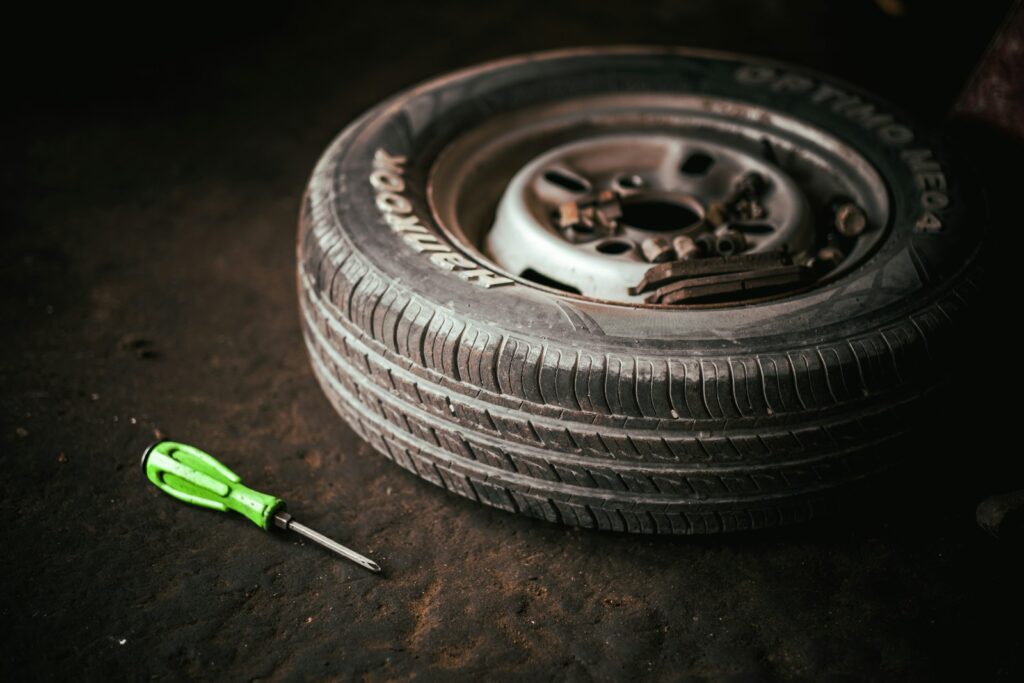
11. **Attending Vintage Car Shows and Swap Meets**For a truly immersive and tactile parts-hunting experience, nothing quite compares to attending vintage car shows and specialized swap meets. Major events like the Hershey AACA Fall Meet, Carlisle Events, or the Pomona Swap Meet bring together a diverse array of sellers, collectors, and restorers. These gatherings are vibrant hubs where you can browse an astonishing variety of hard-to-find components in person.
The primary advantage of these events is the opportunity for direct, face-to-face interaction with vendors and fellow enthusiasts. You can meticulously inspect parts firsthand, ask detailed questions, and even negotiate prices directly. Beyond the parts themselves, swap meets are fantastic for gathering recommendations, advice, and forging crucial connections within the classic car community. Many attendees are seasoned experts who know precisely where to source even the most elusive items.
To make the most of your visit, prepare thoroughly. Bring cash, as many private sellers may not accept cards, and have a comprehensive list of specific parts you’re seeking. Networking with vendors and other enthusiasts is key; even if a specific part isn’t available at the event, someone there might know exactly who has it or where to find it. Building these personal relationships can significantly enhance your long-term success in locating rare components.
Read more about: Beyond the Gleam: Unpacking the Enduring Allure of Classic Cars and the Resurgence of Automotive Heritage Shows
12. **Connecting with OEM, NOS, and Specialty Reproduction Manufacturers**Sometimes, the best source for a rare part isn’t a dusty junkyard but a dedicated manufacturer. A select number of Original Equipment Manufacturers (OEMs), such as Mopar Direct or Porsche Classic, still produce limited-run classic car parts, ensuring factory-correct quality and fitment. Equally valuable are New Old Stock (NOS) suppliers, who specialize in carrying uninstalled, original manufacturer parts from past production runs. These NOS components are the holy grail for restorers seeking absolute period authenticity.
When original production has ceased entirely, specialty reproduction manufacturers step in to fill the void. Companies like Steele Rubber Products, Legendary Auto Interiors, Dynacorn, and OER (Original Equipment Reproduction) are experts at recreating vintage car parts to original specifications. They are particularly invaluable for hard-to-find items like body panels, intricate trim, or interior components that would otherwise be cost-prohibitive or impossible to obtain.
To navigate this avenue effectively, begin by checking OEM supplier networks and specialized NOS part dealers for your specific make and model. When considering reproduction parts, always verify their compatibility with your car’s exact year, model, and trim level. Be aware that some reproductions may vary slightly from originals. It’s highly recommended to check reviews and talk to other restorers who have used parts from the same manufacturer to ensure quality and accurate fitment.
Read more about: Navigating the Scarcity: 8 Essential Ways to Unearth Parts for Your Beloved American Classics
13. **Utilizing Classic Car Restoration Shops and Specialists**For those truly stumped by a particularly elusive part, classic car restoration shops and specialized mechanics can become your secret weapon. Many of these professional establishments don’t just fix cars; they also maintain extensive parts inventories, often accumulated from previous projects or through their own dedicated sourcing efforts. More importantly, they possess established networks for locating components that are inaccessible to the general public.
The benefits of engaging with restoration shops extend beyond just parts acquisition. They can offer expert advice, assist with complex installations, or even modify existing parts to fit your specific needs. Building a strong, trusting relationship with shop owners and their technicians can open up avenues to rare components through their professional connections and insider knowledge. They often have leads or contacts for parts that are simply not listed on public marketplaces.
However, it’s important to approach this resource with realistic expectations regarding cost. Parts sourced through professional restoration shops, especially if they are rare or require restoration themselves, may come at a higher price point due to the expertise and effort involved. Always have an open discussion about your project’s budget and timeline upfront. This transparency ensures that expectations are aligned and allows the shop to provide the most suitable and cost-effective solutions for your restoration.
14. **Considering Custom Fabrication and Professional Part Locators**When all conventional sourcing methods fail, or when a part is truly beyond rare—perhaps even non-existent—custom fabrication emerges as a powerful, albeit often more expensive, solution. Specialty machine shops, skilled metalworkers, or even modern 3D printing services can meticulously replicate parts from scratch, or modify existing components to perfectly fit your classic vehicle. This approach is particularly effective for intricate trim pieces, unique brackets, or interior components that are impossible to source otherwise.
The primary benefit of custom fabrication is achieving an exact fit and period-correct aesthetics when no original part exists. However, be prepared for higher costs which will vary significantly based on the part’s complexity, the materials required, and the labor involved. Lead times can also be extensive, as craftsmen dedicate considerable time and precision to ensure the replica meets specific standards. Finding a reputable fabricator with proven experience in classic car parts is crucial for a successful outcome.
Alternatively, for those with less time or a particularly stubborn part to find, hiring professional part locators or brokers can be a game-changer. These specialists boast extensive networks and resources, making them incredibly efficient in tracking down the most hard-to-find components. Engaging a professional locator can save you significant time and effort that would otherwise be spent on your own exhaustive search.
While professional locators charge a fee for their services – typically a flat rate or a percentage of the part’s cost – this investment can often be justified by the convenience and the increased likelihood of success. They may even find parts faster or at a better price due to their broad industry access than you could achieve independently. When considering this option, thoroughly research and choose a reputable professional with transparent pricing and positive client reviews. For many restorers aiming for the highest standard, the expense of a part locator is a worthwhile investment.
**Mastering the Art of the Hunt**
The quest for rare automotive parts is undoubtedly a journey of patience, persistence, and strategic thinking. From meticulously researching part numbers to navigating online marketplaces, building relationships at swap meets, and even exploring the frontiers of custom fabrication, every avenue offers unique opportunities to uncover those elusive treasures. Armed with these actionable strategies, you are now well-equipped to transform the daunting challenge of part sourcing into a rewarding adventure. Embrace the process, trust in your expanded knowledge, and remember that with dedication, the perfect piece for your cherished vehicle is always within reach. Happy hunting, and may your restoration projects shine with authentic glory!


